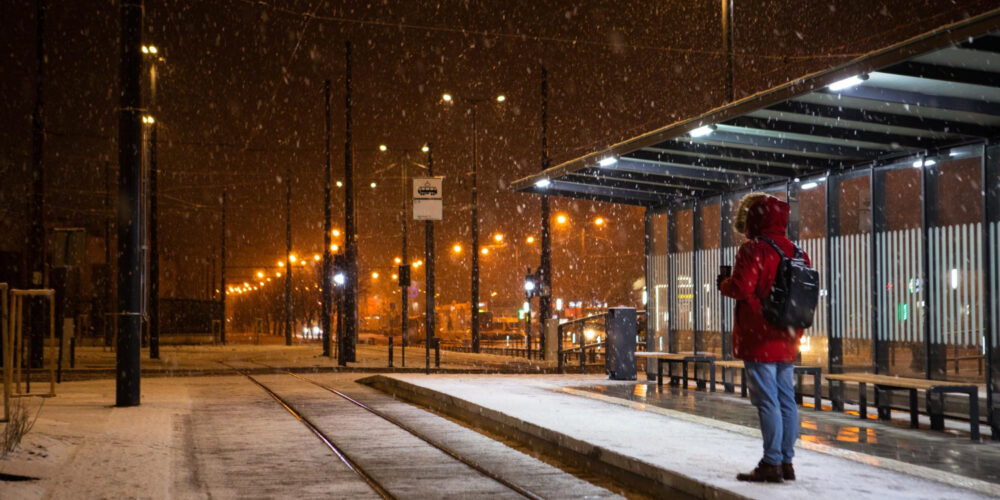Smart Lighting in cities

All cities have infrastructure networks that provide their citizens with energy, communication, transportation, public lighting and other services. When these aging infrastructures are replaced or upgraded, it is often done independently of each other, even though there is great and untapped potential in integrating and advancing these networks. Modern technology could enable this integration, providing safer urban environments, better connectivity and more services to cities and their citizens.
Public lighting infrastructure is particularly well placed to assume the role of a platform that provides not only smart lighting but also a range of other functions and benefits to cities. Ubiquitous in cities, streetlights have a great potential for standardization and could integrate various sensors, telecommunications and technologies needed in smart cities as well because they provide access to charging.
A smart and connected lighting system is part of a local, wireless, decentralized or cloud-based network. Data is collected from sensors on poles, being installed cameras, daylight, motion or noise detection and processed to achieve optimal energy efficiency and safety operation of public lighting. The additional energy savings of smart lighting compared to LED lighting are at least 60% higher, ensuring a sustainable investment.
In general, there is a lack of knowledge among public and local governments regarding digital solutions. For citizens, the Smart Lighting system raises primary privacy and surveillance concerns, given the data that could be collected, or they believe there could be safety issues for workers due to multiple wires and devices.
City budgets are often limited, making it difficult to invest in the switch to smart lighting. The need for additional networks (internet, additional power) may result in higher expenses. Current infrastructure may be too old to accommodate smart technologies, requiring new equipment.
More technical and safety training is needed for workers, given the innovative technology, some sensors (eg noise sensors) can be difficult to install.
For all the additional functions of such an infrastructure to work as intended it is important to have uninterrupted power. However, this can be difficult in regions with frequent power problems.


